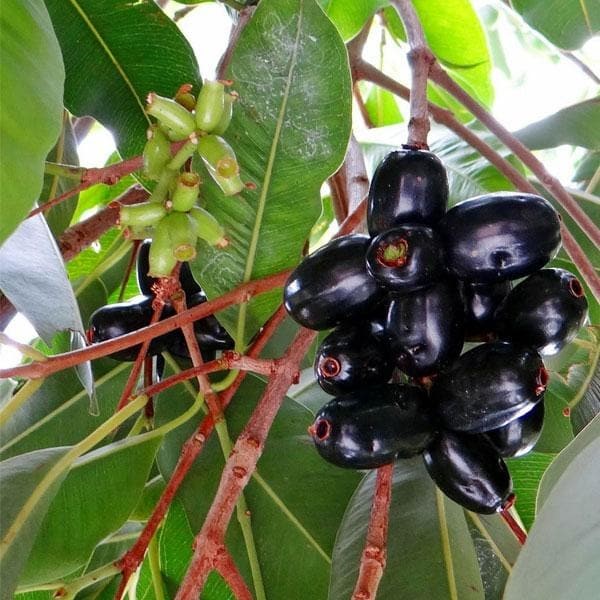Free Courses Sale ends Soon, Get It Now


Free Courses Sale ends Soon, Get It Now



Disclaimer: Copyright infringement not intended.
Context
Jamun Tree
Genome Sequencing of Jamun
|
PRACTICE QUESTION Q. Consider the following statements: 1.Jamun has a low glycaemic index and alleviates diabetic symptoms such as excessive urination. 2.The wood of Jamun Tree is water resistant so it is used in railway sleepers and to install motors in wells. 3.It is considered an invasive species in many world regions. Which of the above statements is/are correct? A) 1 and 3 only B) 2 only C) 3 only D) All Answer: D) All |
© 2024 iasgyan. All right reserved